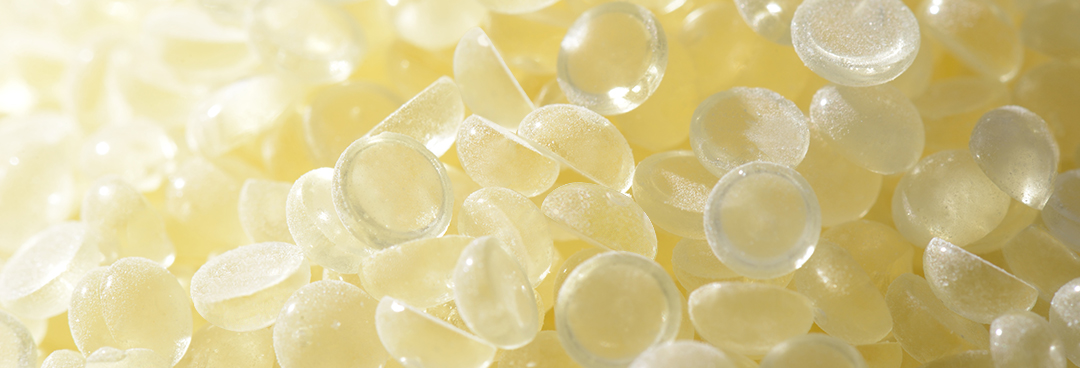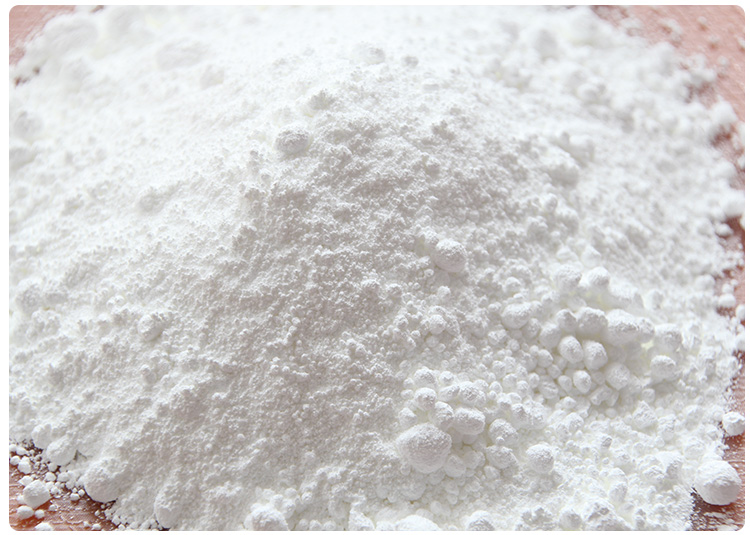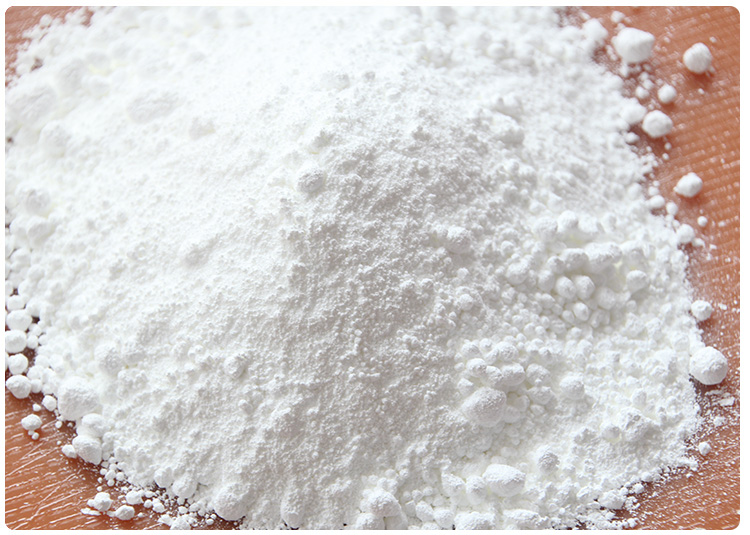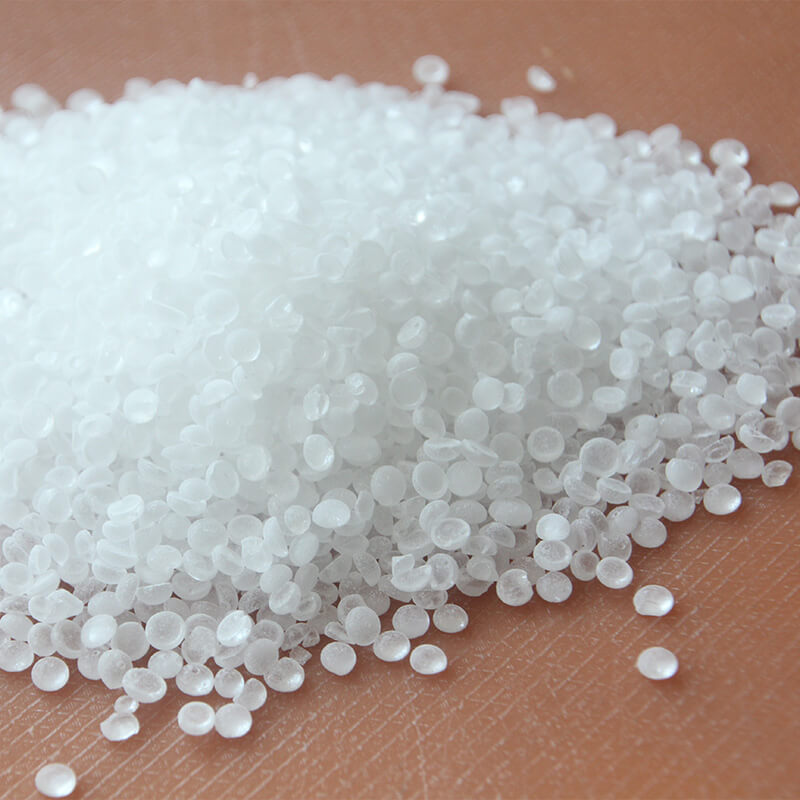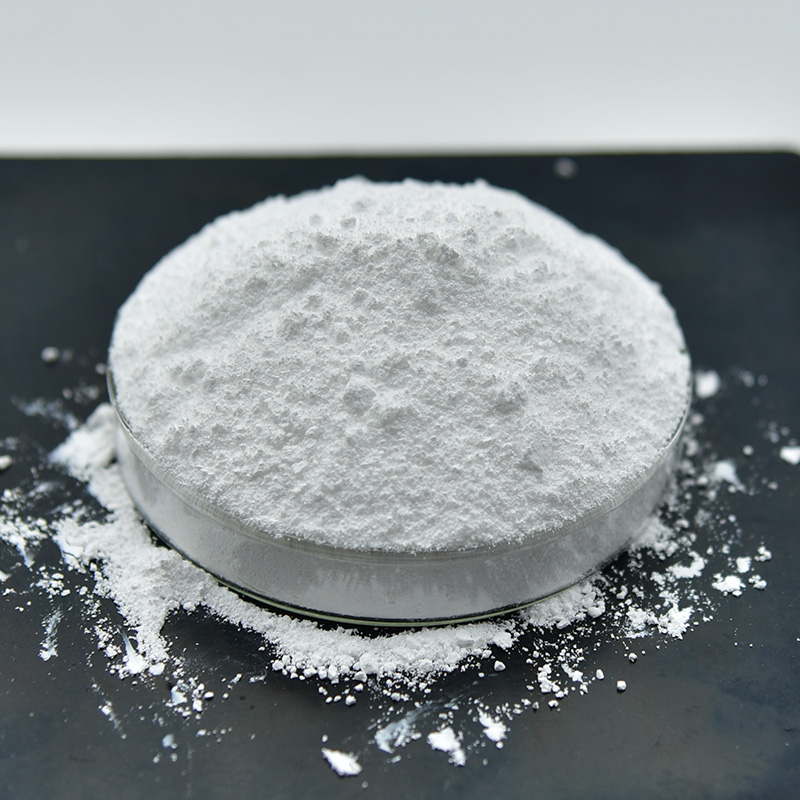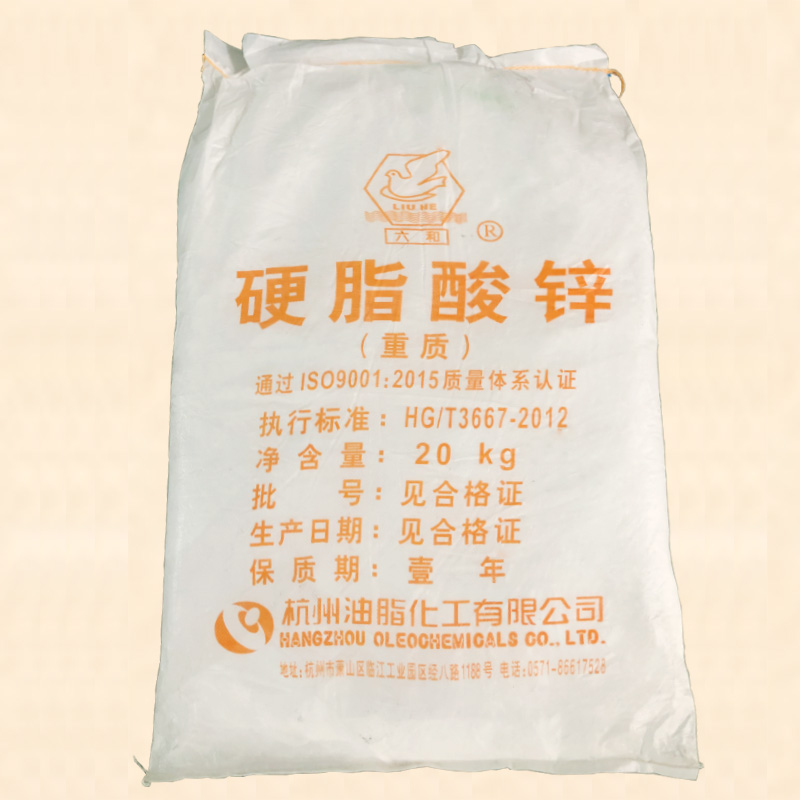Difference between petroleum resin C5 and C9
- Mingpai
- 2024-05-31 16:57:17
The main differences between C5 and C9 petroleum resins lie in their chemical structure, physical properties, odor, and applications, as detailed below:
Chemical Structure and Origin:
- C5 Petroleum Resin: Derived from hydrocarbon compounds with 5 carbon atoms (such as isoprene, piperylene), these resins belong to the aliphatic or cycloaliphatic class and lack aromatic rings in their structure.
- C9 Petroleum Resin: Originating from 9-carbon olefins or cycloolefins, including aromatic compounds, C9 resins are classified as aromatic petroleum resins and feature aromatic rings in their structure.
Physical Properties:
- Color and Appearance: C5 resins tend to have a lighter color, ranging from pale yellow to colorless and transparent, whereas C9 resins are darker, from pale yellow to light brown, also being transparent with a glossy appearance.
- Softening Point and Melting Point: C5 resins have a lower softening point, usually within the range of 80 to 140°C, compared to C9 resins, which have a higher softening point.
- Odor: C5 resins exhibit less odor, while C9 resins have a more noticeable odor.
Applications:
- C5 Petroleum Resin: Thanks to its high bonding strength, low odor, and light color, C5 resin is commonly used in applications requiring high transparency and minimal odor, such as adhesives, pressure-sensitive adhesives, road marking paints, synthetic rubber, radial tires, and certain paints and inks.
- C9 Petroleum Resin: Due to its aromatic structure, C9 resin offers better chemical and weather resistance but has a relatively lower bonding strength. It is suited for applications demanding durability and corrosion resistance, like paints, protective coatings, etc.
Compatibility and Solubility:
- C5 resins demonstrate good compatibility with other resins and rubbers, easily dissolving in a wide range of solvents, making them versatile in many applications.
- C9 resins show good compatibility in specific solvents and materials, particularly where enhanced durability and special performance properties are required.
In summary, the choice between C5 and C9 petroleum resins depends on the specific requirements of the end product, including color, bonding strength, odor, durability, and the application environment.
